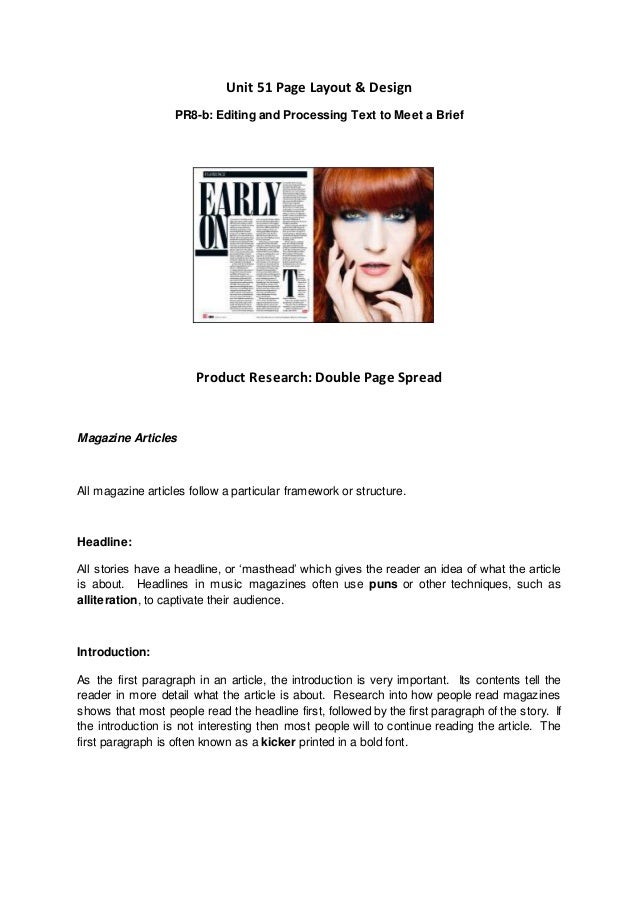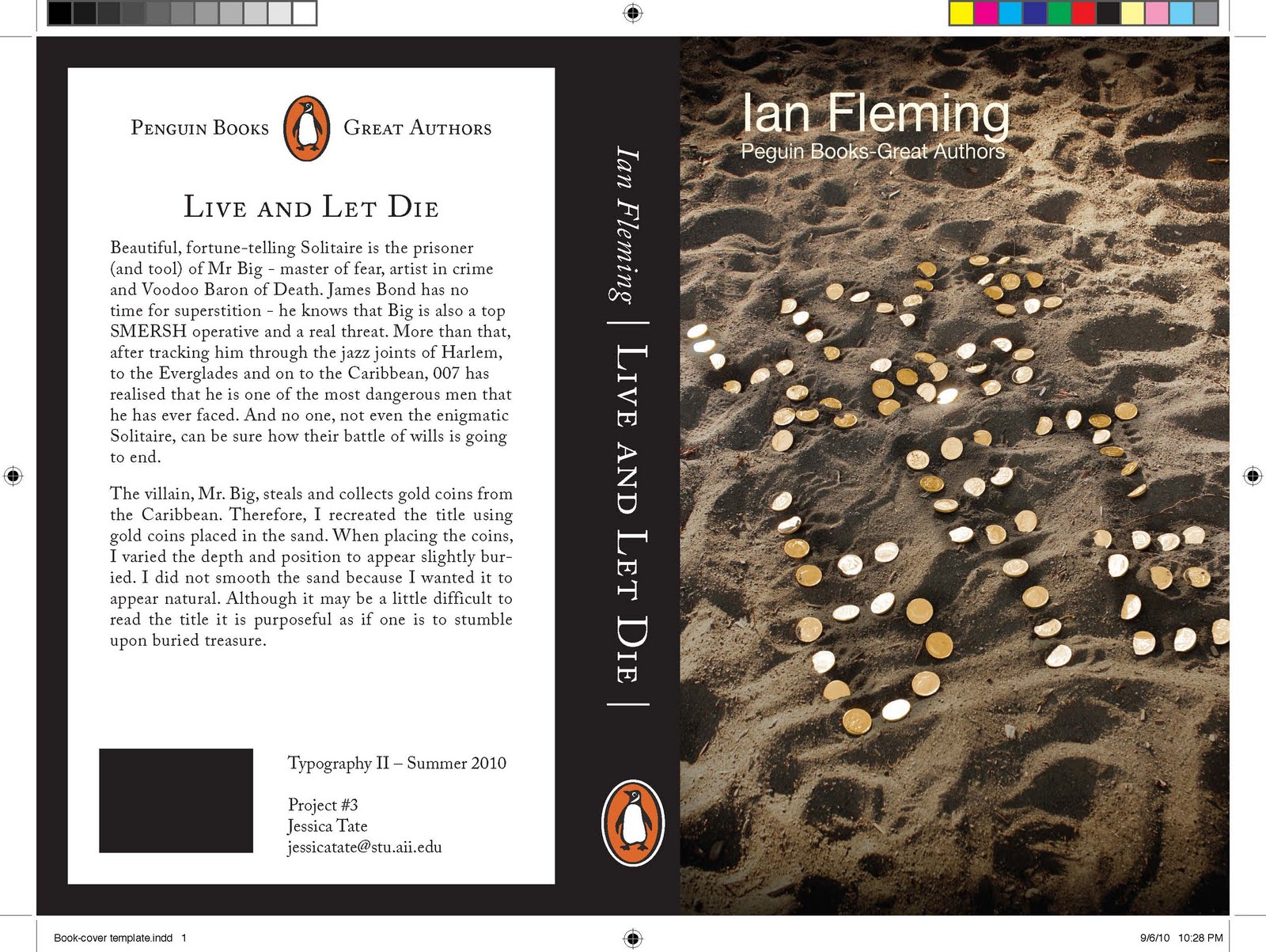


additional panes (constructed through “Split” in the command palette), and.autosave enabled (beautifully, saves every time you click away from a document),.soft wrap (wrapping lines isn’t something programmers automatically want),.Helpful settings for me, in the Core and Editor tabs of the Settings, include: notes-from-pdf (which deletes the cruft from copying and pasting notes straight from a.date-time (for quickly date-stamping journal entries or notes to self), and.file-icons (highlights different file types in the file tree on the left),.language-markdown (for syntax highlighting),.wordcount (a running wordcount in the bottom of the screen),.In Atom, I’ve installed, through the “install packages” tab in the settings, And like any programming editor, it needs a number of packages for an academic writing (rather than coding) workflow. It integrates with GitHub for version control if you’re into that. No need memorize commands as with vim or Emacs, and it’s free, extensible, and open source (though it is operated by GitHub, which is now owned by Microsoft). It replicates Sublime Text’s killer feature, the command palette, which lets you quickly search for any command (find and replace, wrap text, open a new pane) with one shortcut, ctrl-shift-p, or, on Mac, cmd-shift-p. If you already use vim or Emacs as a word processor, you probably already know you don’t need Atom, which I chose for its ease of use.
#Plain text editor with paragraph install#
I’ll assume here that you can install the software listed above on your system, and we’ll get into Pandoc and Markdown in the drafting section. I thought this post would be helpful to colleagues who are interested in the portability and openness of plain text (and share some combination of the needs I list above), but who’d like to see what the editor and workflow might look like before committing to a change. If that’s not you, I very highly recommend Scrivener for organizing your academic writing and research. This guide will work for you if you feel comfortable using or trying the command line. What follows is a guide for using these tools in a workflow for writing in Markdown with citation management, converting documents with Pandoc, and doing other processing in Atom and on the command line. Since this post became, judging by my site analytics, my most popular piece of writing, I’m updating it after a little less than a year using it on a daily basis.
#Plain text editor with paragraph pdf#
pdf files or to incorporate mathematics or other technical information in. Optionally, one can add a LaTeX suite in order to output typeset. Neither Word nor Scrivener could do all three, and after asking for advice (references and acknowledgements below), I decided to use a new set of tools for working in plain text: Pandoc with Pandoc-Citeproc for document and bibliography conversion, Zotero with BetterBibTex for reference management, and Atom as a text editor for writing in Pandoc’s version of Markdown.

I used to do my academic writing in a combination of Scrivener and Microsoft Word, but when I started a new book-length project last spring, I found I had new needs: A Plain Text Workflow for Academic Writing with Atom JanuWhy Plain Text?


 0 kommentar(er)
0 kommentar(er)
